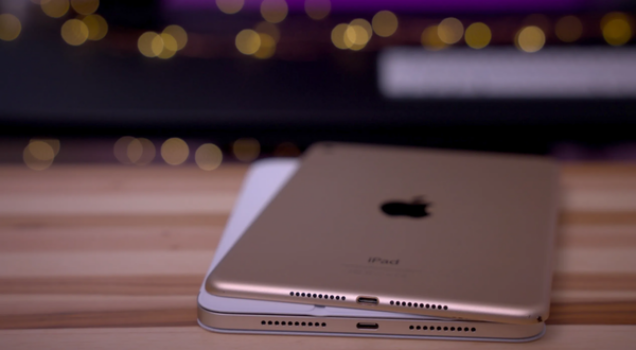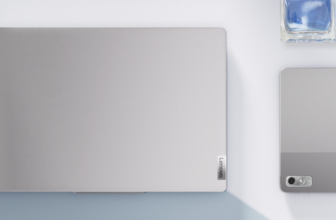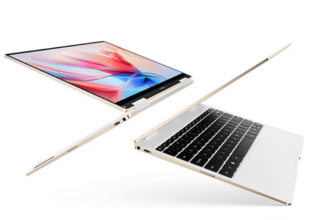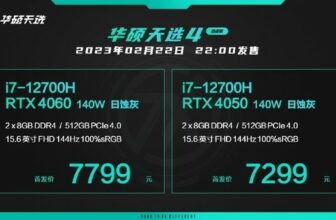Among Apple’s huge product matrix, the iPad mini-series has earned a dedicated following, largely due to its unique positioning—the perfect combination of a compact body and powerful performance. Unlike the iPhone series, which follows a strict once-a-year update model, the iPad mini’s update rhythm is more relaxed. Since the launch of the iPad mini 6 in 2021, its outstanding performance has not only solidified the iPad mini series’ place in the market but also sparked curiosity about the next generation of devices. The upcoming iPad mini 7 features are eagerly anticipated by both consumers and media, who expect even more enhancements.
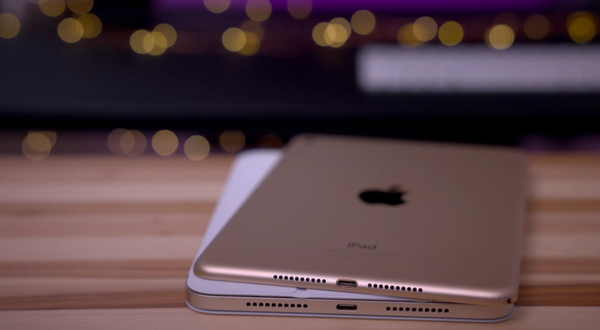
Now, with the passage of time, according to the past release patterns of Apple products, this 8.3-inch compact masterpiece has quietly entered the natural trajectory of its replacement. The market, media, and consumers are paying close attention to every move of the iPad mini 7, eagerly awaiting the iPad mini 7 features that will bring more surprising innovations and upgrades. The anticipation is based on the expectation that the iPad mini 7 will inherit and build upon the advantages of the previous generation.
new display
Although the iPad mini 6 has been widely praised, the “jelly screen” and water ripple problems have remained lingering shadows, frequently appearing in user feedback and online discussions. These issues, stemming from the physical limitations of the LCD screen, have proven difficult to resolve. However, Apple has not stopped innovating. According to the latest news, the iPad mini 7 features important design adjustments aimed at reducing or even alleviating the “jelly screen” phenomenon.
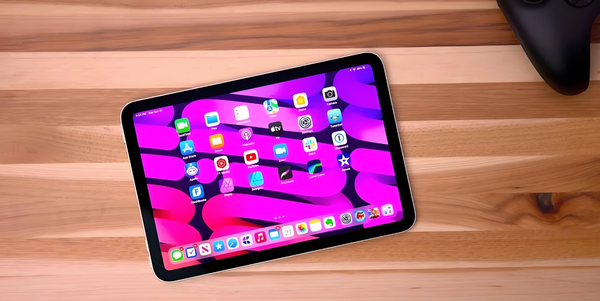
The “Jelly Screen” Issue
The “jelly screen” phenomenon causes shaking on both sides of the screen due to differences in refresh rates when browsing in portrait orientation. This creates instability, disrupting the user’s visual experience. To tackle this problem, Apple is making significant changes to the screen assembly direction in the iPad mini 7. These changes aim to minimize the visual impact caused by inconsistent refresh rates.
Challenges Remain
Despite Apple’s efforts to improve the “jelly screen” issue, eliminating it may take time. The physical limitations of the LCD screen can still contribute to this problem in certain situations. Given the iPad mini’s pricing and positioning, Apple is unlikely to fully resolve the issue in one update.
Screen Refresh Rate Expectations
The iPad mini 7 is expected to maintain the 60Hz refresh rate from the previous generation. This choice is influenced by potential compatibility challenges between the LCD panel and ProMotion’s high refresh rate technology. Many users believe that Apple may not prioritize introducing high-end features like a high refresh rate to this model, as it could disrupt the iPad mini’s balance of cost and positioning in the market.
Future Prospects
It remains uncertain whether the iPad mini series will ever adopt high-end features like a high refresh rate display. However, it is something that users may look forward to in future iterations.
Better performance
In terms of processor selection, iPad mini 7 is expected to be equipped with an A16 chip. Compared with the previous generation, the A16 chip will increase CPU multi-core performance by approximately 42% and GPU performance by approximately 35%. Such performance upgrades ensure that iPad mini 7 can demonstrate extremely high efficiency and smoothness when dealing with diverse usage scenarios, whether it is handling daily office tasks, enjoying high-quality entertainment and gaming experiences, or performing professional creative work. Spend.
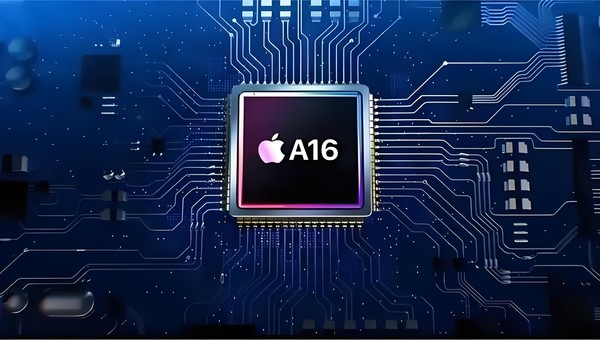
Speculation on the Chip
There has been market speculation that the iPad mini 7 could feature a higher-level A17 or a newer generation chip. However, these speculations remain unconfirmed by reliable sources. Even if the iPad mini 7 uses the A16 chip, it will still offer performance capable of meeting the needs of most users.
Memory Upgrades
The iPad mini 7 will also offer an important upgrade in memory. Users will have the option of 6GB or 8GB LPDDR5 running memory. This upgrade, compared to the previous generation’s LPDDR4X, boosts multi-tasking efficiency and gaming performance. For users seeking efficient work and entertainment, this improvement is a significant benefit.
Other configuration aspects
In terms of intelligent interaction, the iPad mini 7 will usher in a major upgrade of the Siri voice assistant. By introducing the intelligent response framework and integrating advanced LLM (Large Language Model) technology, Siri will become smarter and able to respond to users faster and more accurately. instructions and questions.
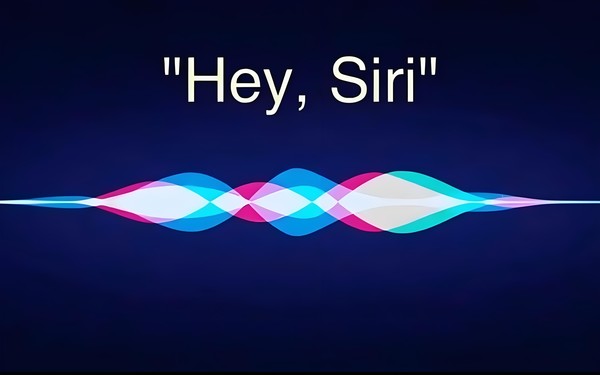
Network Connection Upgrades
The iPad mini 7 may support the latest Wi-Fi 6E and Bluetooth 5.3 standards. These advancements will enhance the stability of the device’s network connection and significantly boost data transmission speeds.
New Color Options
In terms of appearance, the iPad mini 7 is expected to continue offering beloved colors like deep space gray, starlight, pink, and purple. Additionally, new colors from the iPhone 15 series, including black, blue, green, and yellow, could provide more personalized choices for users.
Software and Feature Upgrades
While specific details remain unannounced, the iPad mini 7 will likely feature important software optimizations. Expected upgrades include the introduction of the Photonic Engine and possible support for ProRes video recording. Other enhancements might include audio zoom, stereo audio recording, portrait mode, and portrait lighting. These additions will expand the device’s capabilities for content creation and other advanced applications.
Pricing Strategy
Despite these upgrades in configuration and performance, Apple is likely to maintain its reputation for offering high value with reasonable pricing. This approach ensures that consumers can enjoy the benefits of the iPad mini 7 without a significant price hike.
write at the end
Although the iPad mini 7 is not a disruptive update, it has achieved steady improvements in intelligent interaction, network connectivity, appearance design, software functions, and other aspects, and the overall experience is better than the previous generation.
For more updates and tech news, check out the latest posts on the TinyDeals blog.
